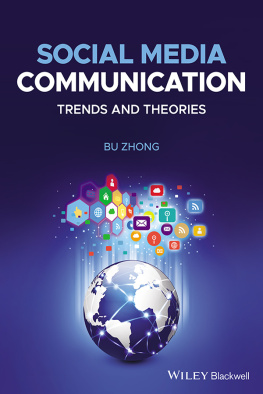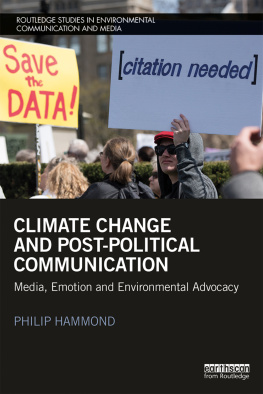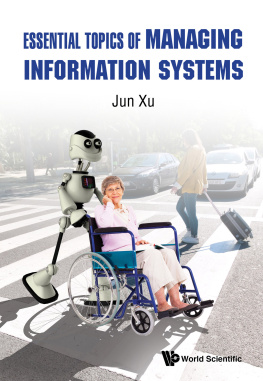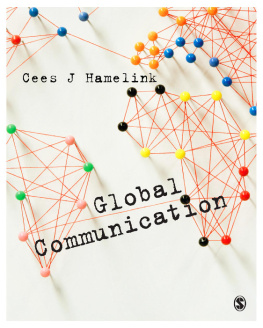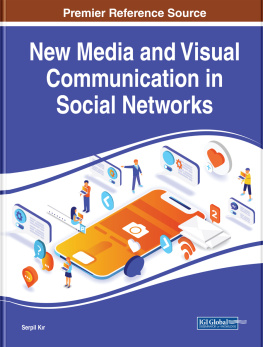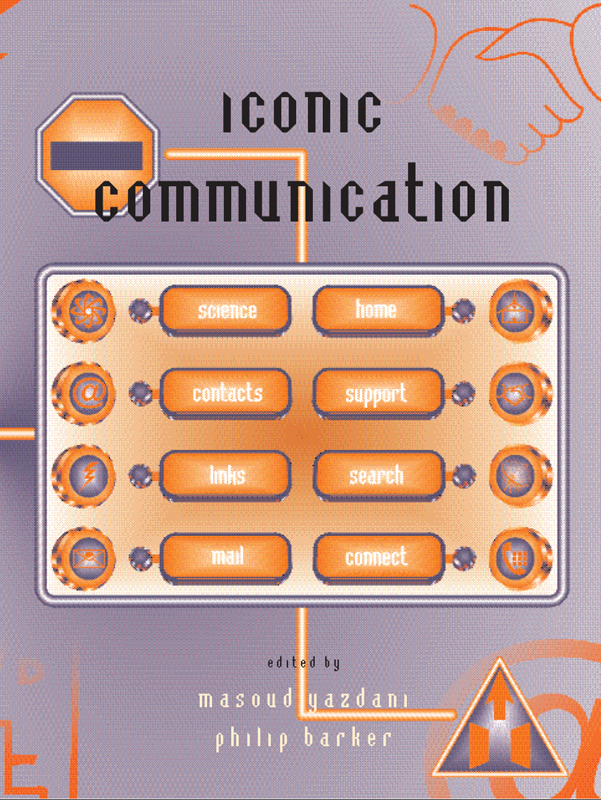
Iconic Communication
Edited by
Masoud Yazdani
Philip Barker

First Published in Paperback in UK in 2000 by
Intellect Books, PO Box 862, Bristol BS99 1DE, UK
First Published in USA in 2000 by
Intellect Books, ISBS, 5804 N.E. Hassalo St, Portland, Oregon 97213-3644, USA
Copyright 2000 Intellect Ltd
All rights reserved. No part of this publication may be reproduced, stored in a retrieval system, or transmitted, in any form or by any means, electronic, mechanical, photocopying, recording, or otherwise, without written permission.
| Consulting Editor: | Masoud Yazdani |
| Cover Design: | Yahia Badawi |
| Editorial Production: | Claire Leslie |
| Robin Beecroft |
| Copy Editor: | Wendi Momen |
A catalogue record for this book is available from the British Library
Electronic ISBN 1-84150-818-7
Softback ISBN 1-84150-016-X
Printed and bound in Great Britain by Cromwell Press, Wiltshire
Contents
Philip Barker
Andrew J King
John Roscoe
Ian McLaren
Michelle Gausman and Clive Chizlett
Masoud Yazdani
Stuart Mealing
Colin Beardon
Graziella Tonfoni
Leon Cruickshank and Lon Barfield
Lee Becker and Paul Leemans
Philip Barker and Paul van Schaik
Philip Barker and Paul van Schaik
Paul Honeywill
Preface
Communication is one of the most important activities in which people become involved. It may involve gestures, touching, talking and listening, writing and, of course, drawing. The advent of various types of technological support (such as telephones, cameras, computers and so on) has changed the basic ways in which we perform these activities. These developments have also made possible new approaches to communication. For example, using a computer system it is possible to send messages anywhere in the world virtually instantaneously. As well as being of a textual nature, these messages could also embed visual images of various sorts and sound effects. Modern forms of human communication through the medium of computers are rapidly taking on a multimedia nature.
Bearing in mind the above developments we need to be aware that some information is communicated better by one medium, than another, as each medium has both constraining and enabling features, while other information is communicated better by a combination of media. This situation demands that we ask a number questions. For example:
| Do pictures really enhance the communicative power of text? |
| Is it possible to design purely visual languages? |
| What would be the basic building blocks of a visual language? |
| If a multimedia approach is used, what combination is best? |
| How should we select and apportion content to different media? |
| How do we coordinate media to ensure that given communicative goals are achieved by any resulting artifact? |
| How do we combine words with pictures to communicate across cultural barriers? |
As our society is becoming a more visual culture day by day we need to address the above issues. This book offers a critical framework within which iconic communication systems could be developed to bridge linguistic and cultural gaps and to provide effective computer-based systems for conveying information on a global scale.
Iconic communication offers possible solutions to some of the questions that were posed above. For many people, icons are a familiar form of communication both in computer and in non-computer contexts. Despite their familiarity and popularity as communicative aids, there are a number of fundamental issues that we need to think about. For example:
| How do we design a really good icon or icon set? |
| How can icons be combined in ways that create more meaningful messages? |
| What happens when a user is exposed to an icon (or set) within a graphical user interface? |
Contributors to this book, with insights from the Information and Communication Technologies, deal with these issues. Their audience is primarily graphic designers and human-computer interface developers.
Foundations
Human Communication Processes
Philip Barker
Introduction
The primary purpose of this initial foundation chapter is to set the scene for the material that is to be presented by the other authors in the subsequent chapters of this book. This initial scene-setting activity is undertaken in the four sections that follow this introduction. These make up the main body of this chapter. Each of these sections provides a different, but important, perspective on iconic communication. Additional foundation material is also presented in the other two chapters which, together with this one, make up the first part of this book, which follows immediately after these opening remarks. The second section of this chapter is used to describe a number of simple but powerful foundation models. Together these provide much of the context and framework for the subsequent discussions of iconic communication that are presented in this book. These models have been derived by applying (to human activity systems) some of the graphical techniques that are often used to teach general systems theory and its applications. In using these representational techniques, particular emphasis has been given to the various communication processes in which people become involved.
In order to understand why people communicate with each other, another simple model is needed. Quite naturally, any attempt to explain human communication processes cannot be based on an understanding of technology alone. Consideration must be given to the human participants that are involved. For this reason, the third section of this chapter attempts to explain human communication in terms of two important psychological perspectives. First, the motivational factors that underlie communication processes and, second, the cognitive processes that we believe form the underlying basis for conversational activity. The main topic discussed in this section is the role of mental models and how they can be used as a basis for explaining human communication processes.
In the opening part of their book, Sassoon and Gaur (1997) suggest that the present connects the past with the future knowing about the past provides a basis from which we can plan. Because of the importance of earlier work on iconic communication techniques, the fourth section of this chapter reflects briefly on past activities that are relevant to the development of icons and iconic languages. Particular emphasis is given to the growing importance of icons within the graphical user interfaces that are now used in many software packages. Some consideration is also given to the underlying metaphors that are often embedded within these interfaces.
For most people, the future will be far more important than the past. Therefore, following on from the short historical perspective, the fifth part of this introductory chapter is given to speculation. Here, an attempt is made to predict some of the potential application areas for (and developments in) iconic communication that we might see in the immediate, short-term future the next 10 to 20 years. These speculations are based both on our own research activities (see, for example, the descriptions that are given at our World Wide Web site the address for which is http://www.isrg.co.uk) and on the developments that are taking place in other relevant areas of communication and information technologies.
Next page

